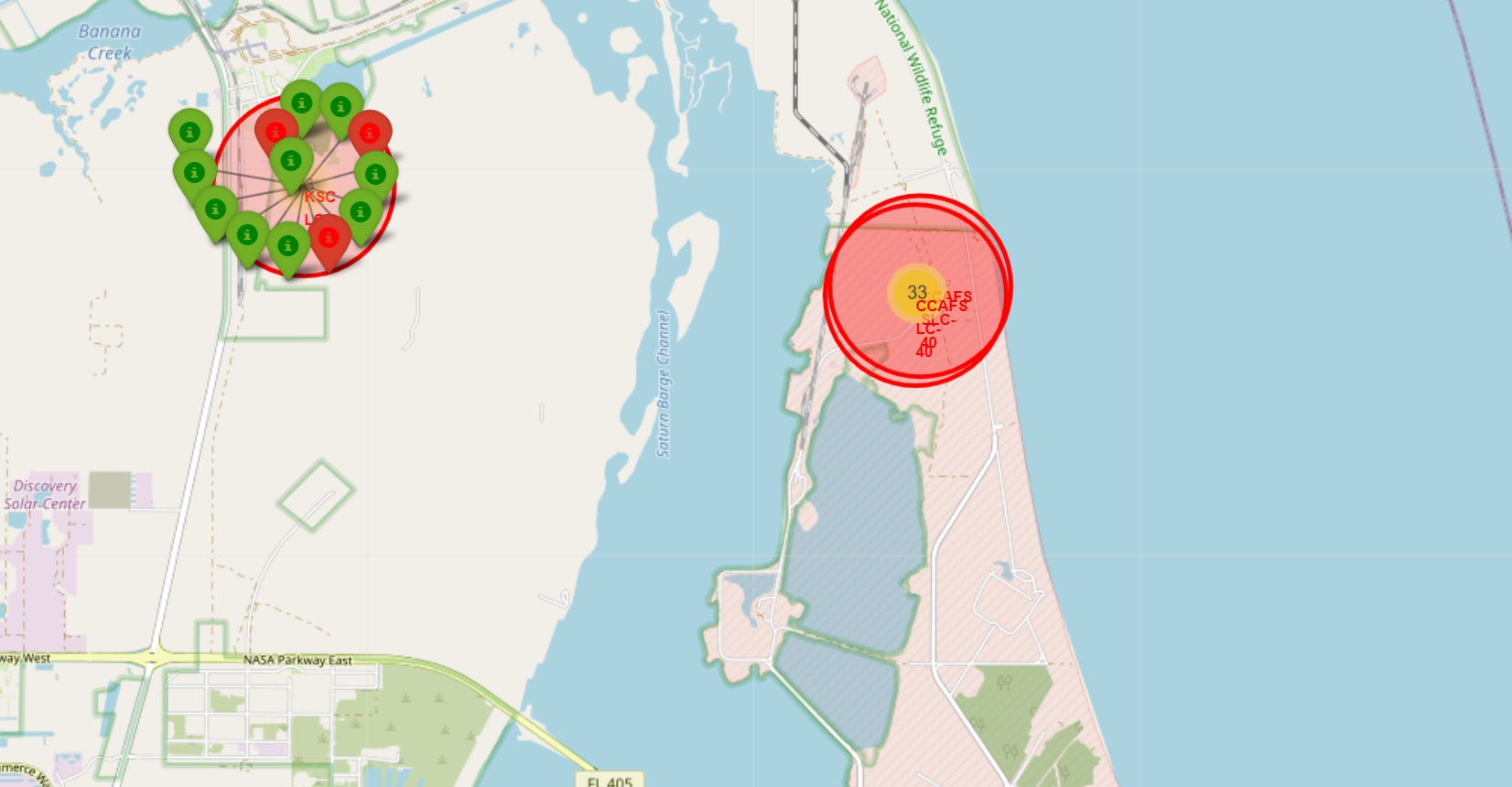Project 3: SpaceX - Winning the space race
- SpaceX - Winning the space race
-
Project background and context
- We have identified that for SpaceY be able to compete with Space X our client needs to know what are the best practices, the key parameter what the probability of the first stage to land successfully. Having a successful land of the first stage means saving almost 200 milion dollars.
-
Problems you want to find answers
- The project task is to predict what are the chances of the first stage to land successfully, and how the other components like payload, booster, and launch sites can impact on that chance, using SpaceX Falcon 9 as a model
-
Methodologies
- Data collection
- Data Wrangling
- EDA with SQL and data visualization
- Interactive map built with folium
- Dashboard with Plotly Dash
- ML for Predictive analysi
-
Conclusions
- The SVM is the best model in terms of prediction accuracy for this data set, because of its ability to handle high-dimensional data and the ability to perform well with small datasets.
- Payloads between 2000-4000kg perform better than other payloads.
- KSC LC39A had the most successful launches from all site, and we should analyze it deeper.
- Launches to the orbits ES-L1, GEO, HEO and SSO had the most successful rate and also should be analyzed deeper.
- SpaceX had a very steep success ratio curve from 2013-2017, but it seems to be slowing down after 2017.
